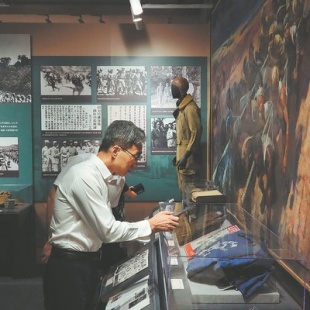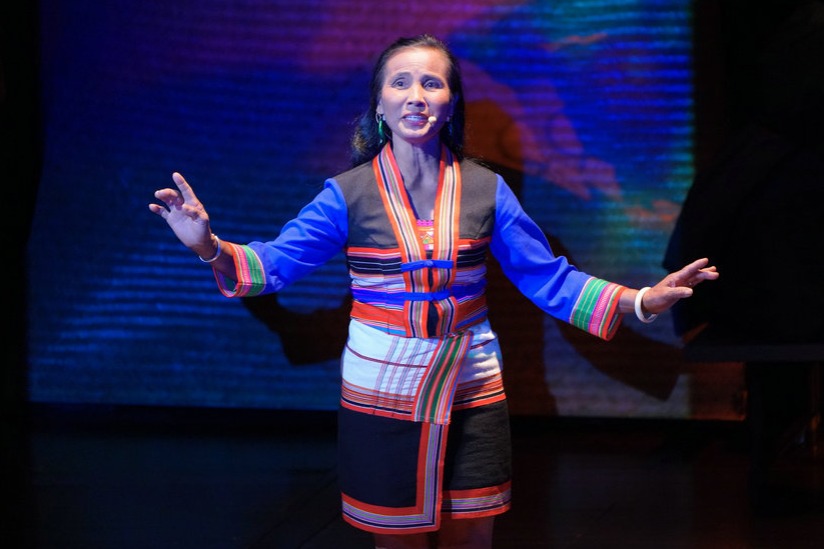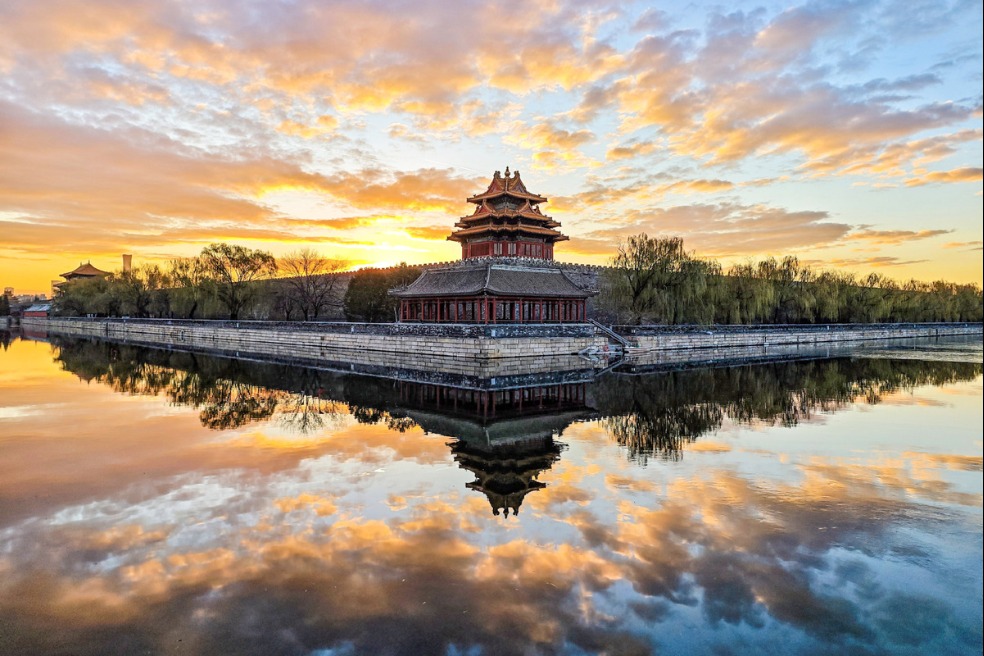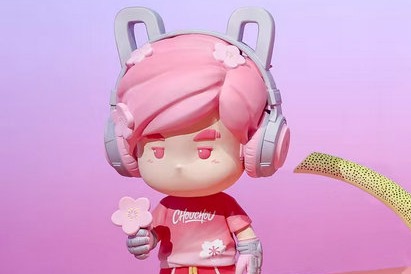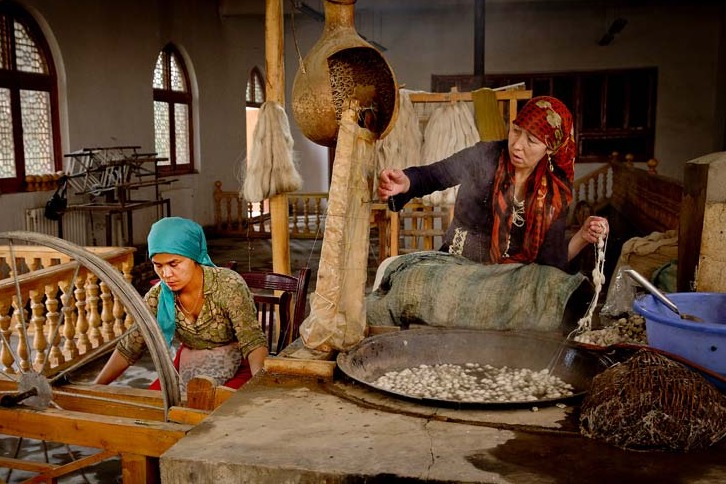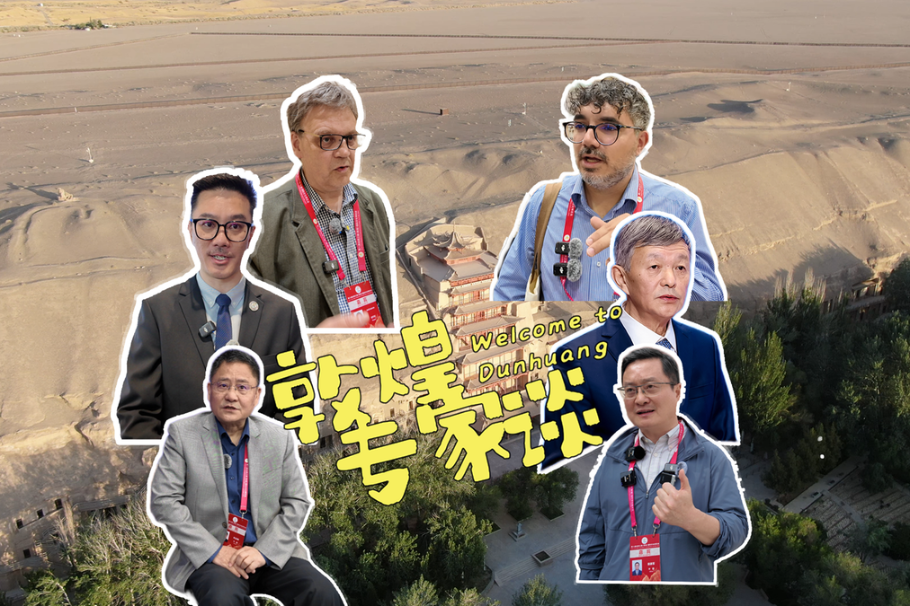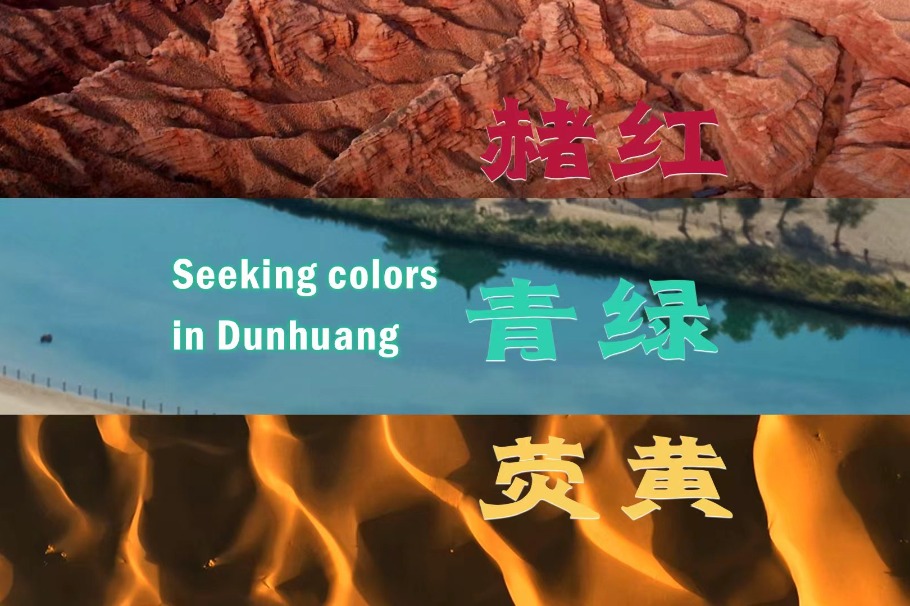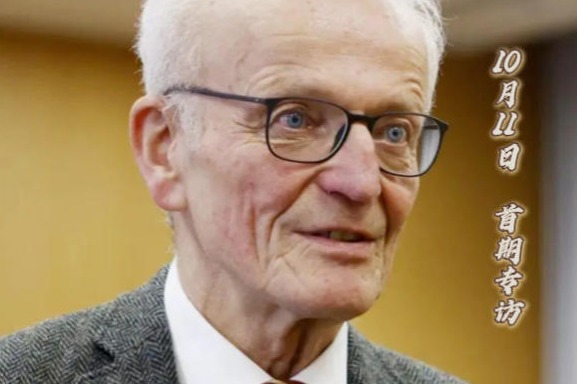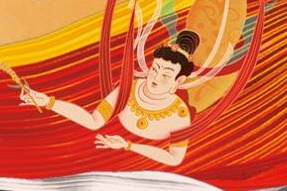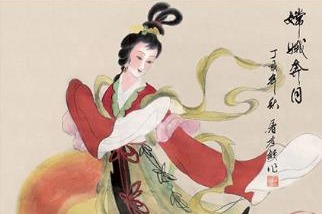Exhibition highlights heroic wartime contribution of overseas Chinese


Besides material support, more overseas Chinese took part in the war by themselves.
For example, some 3,000 overseas Chinese drivers and mechanics from Southeast Asia, known as Nanyang (an old term that refers to some Southeast Asian countries) Volunteers, answered the call of Tan Kah Kee, a patriotic overseas Chinese businessman and philanthropist, to go back to China, risking their lives to help transport war supplies and carry out emergency repairs of vehicles along the more than 1,100-kilometer Burma Road, a critical lifeline that linked China and overseas countries and became a major target of Japanese airstrikes between 1939 and 1941.
The exhibition displays an introduction letter Tan wrote for Xu Zhiguang, an overseas Chinese in Singapore who answered the call, gave up his booming taxi business in Nanyang, and decided to send his family members back to his hometown in Fujian province. He then joined the Nanyang Volunteers.

Tan wrote the letter clarifying Xu's situation, expressed his respect for Xu's choice and suggested custom officials on their way back home provide assistance for Xu's family's return.
"In several batches, they returned to their war-torn motherland, rushed to transport strategic supplies along the road, making significant contributions to breaking through the Japanese blockade and ensuring the operation of the lifeline," says Liu.
According to Wang Yuhong, granddaughter of Zhuang Mingli, a leader of the overseas Chinese who had worked to support the Nanyang Volunteers, the exhibition's title, Unwavering Solidarity Across the Ocean, to her understanding, means during the war, overseas Chinese were as one with domestic Chinese in fighting Japanese aggression. On the other hand, they also contributed their efforts to the places where they settled to fight in the World Anti-Fascist War.
For example, overseas Chinese people in the Philippines joined armies to fight against Japanese aggression in the country and some sacrificed their lives. After the victory, the Philippine government built a memorial stele and held ceremonies regularly for their contributions.
"In this way, they actually kept the same spirit with all those fighting for peace across the world at that time," she says.



